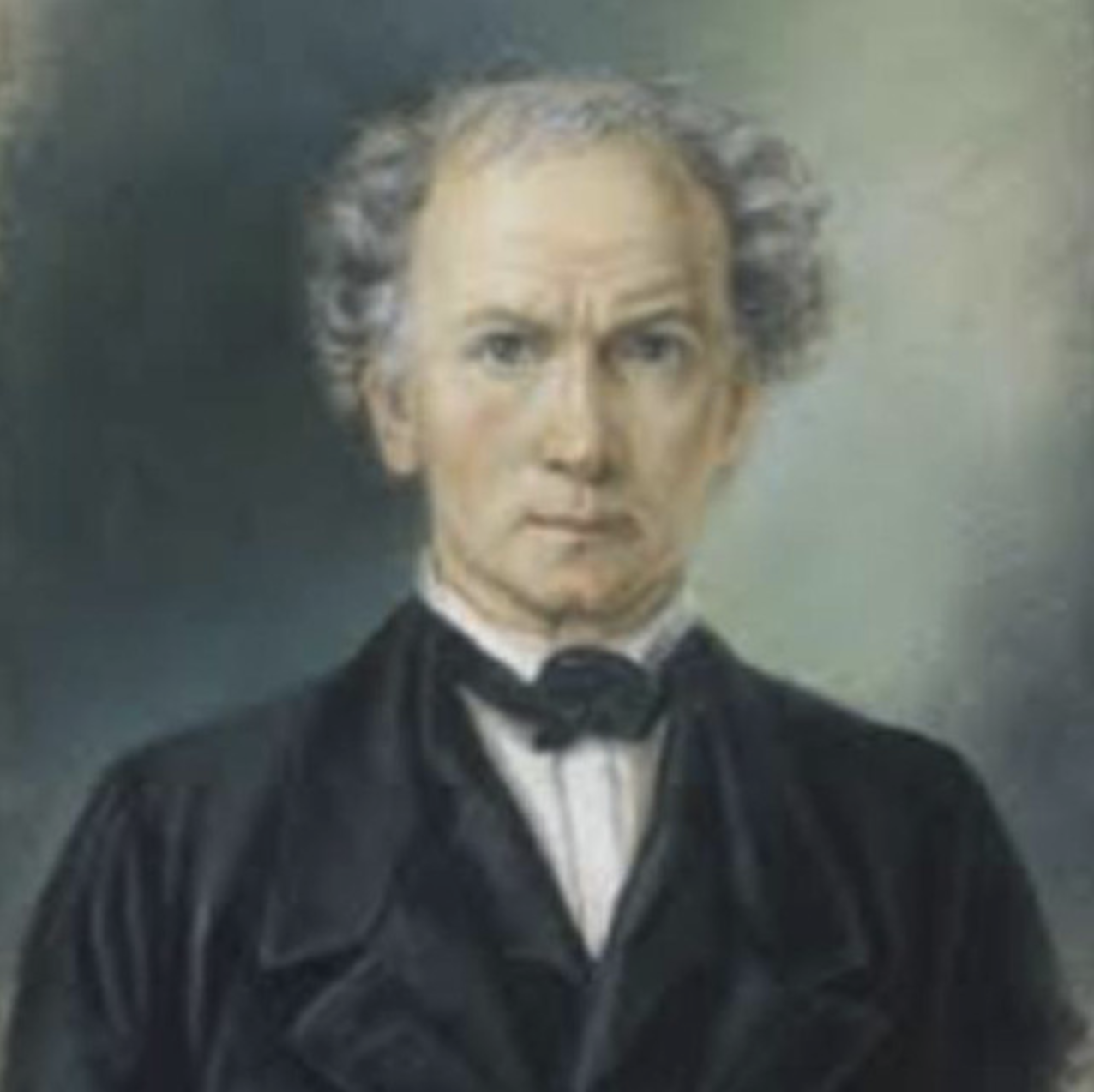Minuet in G Major (BWV Anh. 114), famously known as Bach’s Minuet in G, was actually composed by the German musician Christian Petzold, a contemporary of Johann Sebastian Bach. For a long time, this beautiful piece was mistakenly attributed to Bach because it appeared in the Notebook for Anna Magdalena Bach (Bach’s wife), which included compositions by Bach himself as well as other composers of the time.
Its elegant simplicity makes it one of the most beloved pieces among students learning classical guitar or piano, serving as a great exercise for developing both technique and musicality.
Hope you enjoy my performance! 🎵
🎥 Performance Video
About the Composer
Christian Petzold (1677 – 25 July 1733) was one of the foremost organists and court composers in Dresden during the late Baroque. Appointed court and chamber organist to the Elector of Saxony in 1709, he quickly gained fame for virtuoso keyboard improvisations and elegant dance suites that circulated across German courts. Johann Sebastian Bach, during his visits to Dresden, admired Petzold’s writing and copied several of his minuets—including this one—into the 1725 Notebook for Anna Magdalena Bach. Sadly, most of Petzold’s larger works were destroyed in the 1760 Hofkirche fire, leaving this Minuet in G as his most‑performed legacy.

Historical & Musical Context
- Dance roots: The minuet was a graceful social dance in triple meter popular at Versailles. Knowing the dance’s light step helps shape phrasing: feel one bar = one swaying step rather than three heavy beats.
- Pop‑culture cameo: The 1965 hit “A Lover’s Concerto” is built almost entirely on this melody.
- Teaching classic: Its clear hand‑position shifts and simple ornament (grace notes in bars 4 & 12) make it a staple for early‑intermediate pianists.
Personal Notes
As I mentioned in the very first post of my “Learning Piano After 30” series, I had already learned this piece some years ago, but after many years away from the keyboard I’d forgotten it. I chose it as the first piece to relearn when I returned to regular practice, which is why it inaugurates my published repertoire here.
Recording Gear for This Video
| Component | Details |
|---|---|
| Digital Piano | Casio CDP‑120 (hammer‑action keys) |
| Capture Method | MIDI out → USB interface; no onboard audio recorded |
| Piano Sound | Addictive Keys – Studio Grand preset, rendered in DAW |
| DAW | Ableton Live Lite 11 |
| Video | Canon 6D Mark II, 1080p/24 fps |
Did you enjoy this post?
Leave a comment with your own tips or suggest my next repertoire video. If you found the resources useful, share the post or join the mailing list for updates.
Leave a Reply